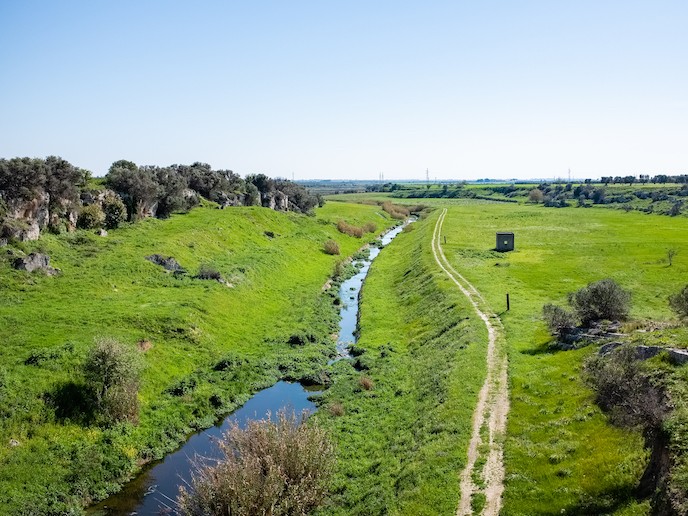Impact of stress factors on social complexity from the Bronze to the Late Iron Age
The central idea of the CoPOWER project was to see what happened to non-elite, or even deeply marginalised groups, in phases of major social and environmental transformations. Such turning points in the studied area included the collapse of the Late Bronze Age system in north Italy, natural disasters such as flooding in Iron Age Padua, and Rome’s expansion in Puglia in a phase of growing temperatures and increasing aridity. “I collated, or created anew, data from different datasets (environmental, osteological etc.) to gain a better understanding of what was happening to people during the rise of urban society,” says principal investigator Elisa Perego, supported by the EU’s Marie Skłodowska-Curie Actions programme. In doing so, Perego, based at the Austrian Academy of Sciences(opens in new window) and now an Honorary Research Associate at University College London, sought to answer questions surrounding how power works in society.
A wealth of subject matter
Perego analysed a new sample of ‘marginalised’ burials from Frattesina, one of the main trade hubs in the central Mediterranean at the end of the Bronze Age (c. 1200-1000 BC). She also considered a major cemetery in a growing Iron Age settlement, today’s Padua (c. 900-600 BC), and looked at small farms from Puglia, one of the most drought-prone areas in southern Italy (c. 325-200 BC). Evidence from Padua revealed repeated, complex ritual activities which included animal sacrifice, communal feasting and even the dismemberment of human beings. “Intriguingly, we noted that the most striking cases took place at the same time of the flooding. This period was also characterised by many changes in pottery production, settlement organisation and a phase of climate deterioration which is supposed to start around 800 BC.” The project advanced the hypothesis that upheaval in society and environmental stress might have led to the ritual abuse of humans and animals alike. In the Puglia case study, on the other hand, Perego and her colleague Rafael Scopacasa, Assistant Professor of History at the Federal University of Minas Gerais(opens in new window), saw that people set up small farms in a potentially very challenging environment, during a phase of growing warmth. Were they, she wonders, forced to move there by the local urban elites? Or were these non-elite groups acting independently to make the most of novel opportunities, such as the need for new farming products when Rome started to move in the area? Such questions remain tantalisingly hard to answer.
Marginalised communities in times of social upheavals
The Frattesina(opens in new window) case study focused on a settlement which was surrounded by hundreds of cremation graves, many of which had grave goods and were grouped in clusters. The same burial sites also contained around 30 individuals who were not cremated and did not have grave goods: women, children and men. Sometimes they were buried face down or deposited in a ditch or buried far from the others. They were, the researchers determined, clearly different from the rest of the community. “We looked at their bones to see if they had pathologies, or evidence of trauma or stress events, such as potentially poor nutrition or illness. We did different types of isotope analysis to see if they were locals or foreigners, and what they were eating. We are currently publishing the results of our analysis. I am happy to say that our work will shed new light on the social organisation of Frattesina and its link with the previous civilisation of the Terramare – a long-standing issue in Late Prehistoric Italian archaeology!” Perego concludes.







